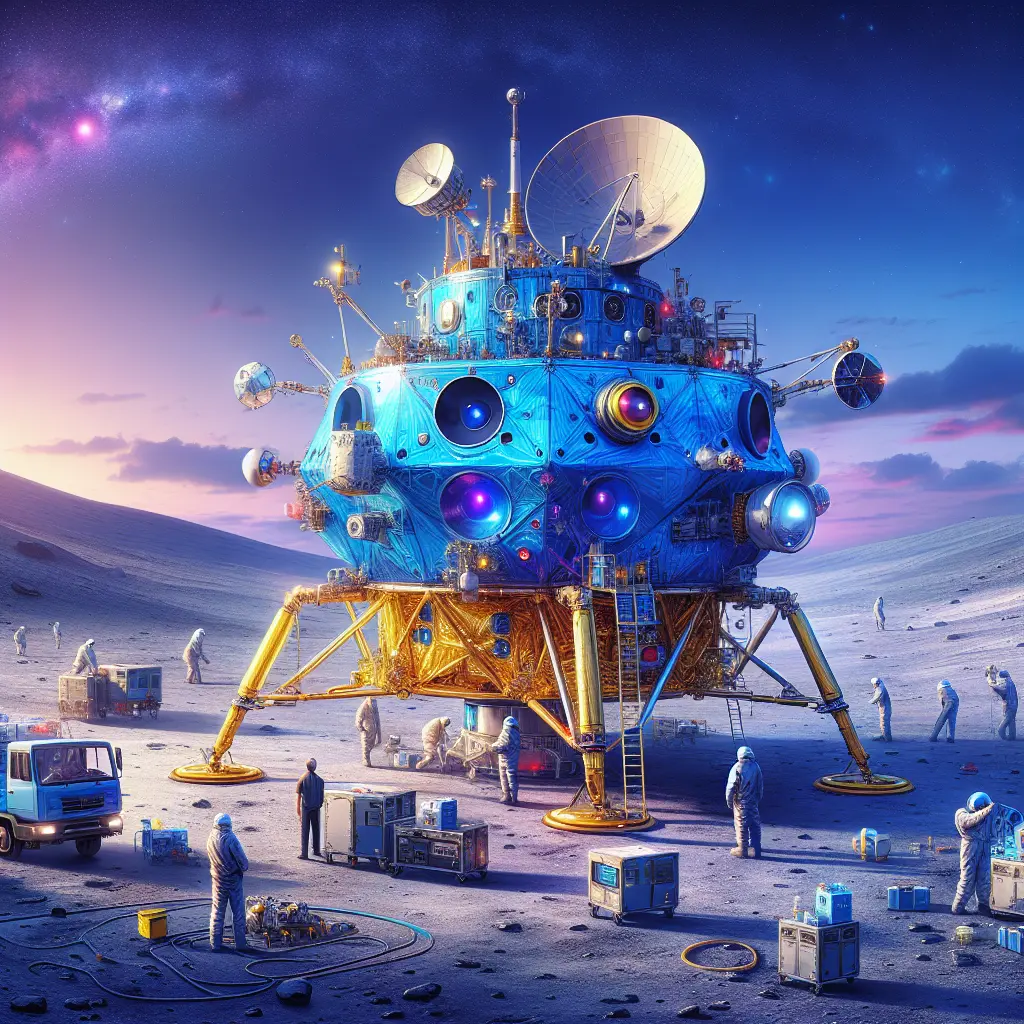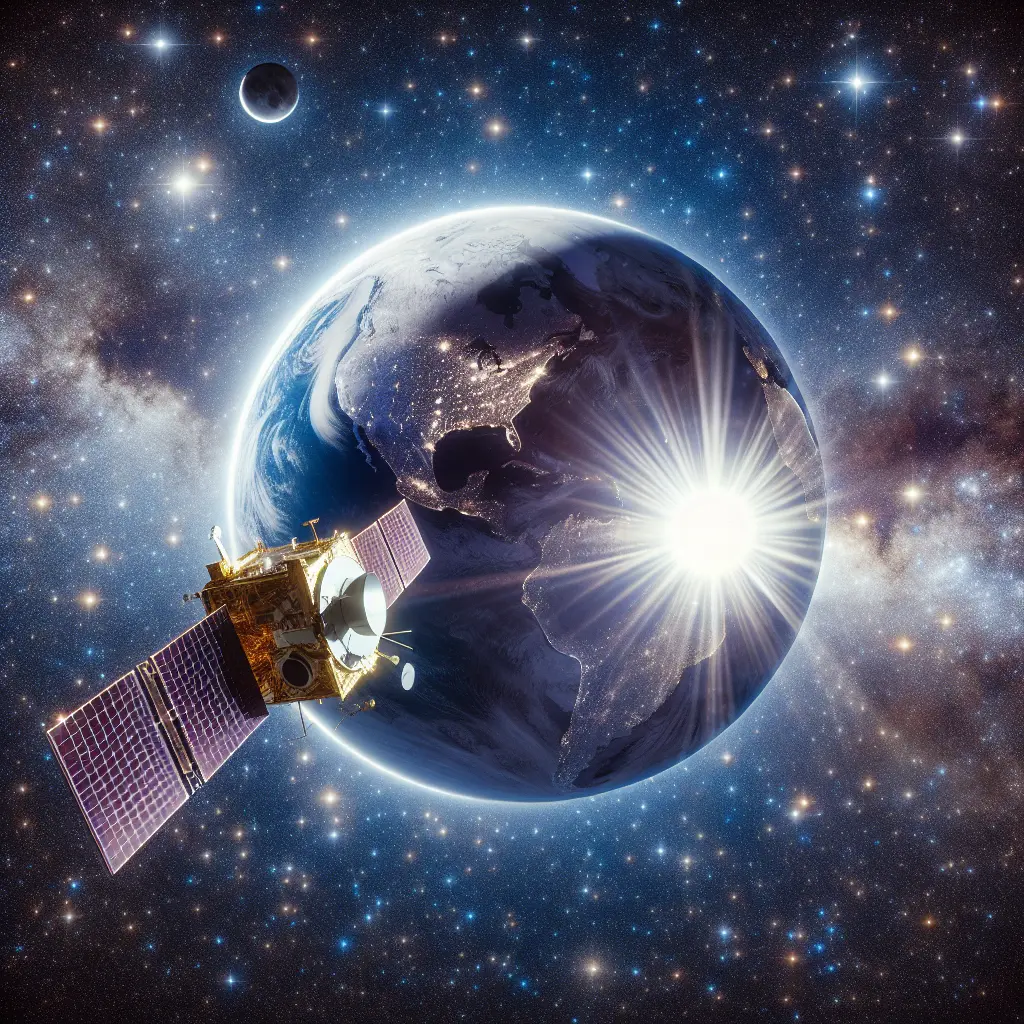Once in a blue moon, history is made—not just in the skies above, but in the way humanity reaches for them. The phrase Blue Moon conjures images of rare and extraordinary events, moments that don’t come often but leave an indelible mark on our collective memory. In the world of space exploration, these blue-moon moments are becoming more frequent, thanks to advancements in private spaceflight. A shining example of such an event unfolded on May 31, 2025, when Blue Origin launched its NS-32 mission and sent the first New Zealander into space—a true blue-moon milestone for global space tourism.
Space exploration has always captivated humanity, but recent progress in private spaceflight has brought once-rare achievements within closer reach. The NS-32 mission by Blue Origin stands as a testament to this exciting new era, breaking barriers and expanding opportunities for people worldwide to participate in the adventure of space travel.
A New Era of Space Exploration: The NS-32 mission was not merely another successful launch for Blue Origin; it was a leap forward in diversity and accessibility. The mission made history by sending the first New Zealander into space—a moment of immense national pride and a signal that space is opening up to people from every background. The diverse crew included educators, entrepreneurs, and adventurers, showcasing that space travel is no longer reserved solely for astronauts or the ultra-wealthy.
The Blue Moon of Private Spaceflight: Blue Origin’s approach to space tourism mirrors the rarity of a blue moon itself. The reliability and reusability of the New Shepard system were demonstrated with the NS-32 mission—the rocket’s 32nd flight—with a flawless booster landing and a gentle capsule descent. Such technical feats drive costs down and bring the prospect of routine suborbital flights within closer reach for more people than ever before.
Beyond Suborbital: The Next Blue Moon on the Horizon: The achievements of NS-32 are only the beginning. These suborbital missions inspire new generations to dream bigger and signal an era where space is truly accessible to all humanity. With ambitious projects like the New Glenn rocket and Blue Moon lunar lander in development, Blue Origin is preparing for the next blue-moon milestones—orbital flights and lunar missions that will define the future of human exploration.
The Significance of NS-32: Breaking Barriers in Space
The NS-32 mission is more than a technological achievement; it is a powerful symbol of progress. Sending the first New Zealander into space demonstrates that national boundaries are fading when it comes to participation in historic achievements. The presence of a diverse crew highlights how opportunities in space are expanding, reflecting humanity’s shared curiosity and ambition.
This mission marks an inflection point for private spaceflight. With each successful launch, technology becomes more refined, costs decrease, and access to the stars becomes increasingly attainable—not just for astronauts, but for teachers, innovators, and dreamers from around the world.
These blue-moon moments matter because they expand our sense of what is possible. Each step forward in private spaceflight inspires new ambitions—for individuals and nations alike—and brings us closer to a future where journeys to the edge of space might become as common as international flights today.
The NS-32 mission also underscores the importance of global collaboration in the next chapter of exploration. By welcoming participants from around the world, Blue Origin embodies the idea that space belongs to all humanity and that its wonders should be shared by all who dare to dream.
Why "Blue Moon" Moments Inspire Us All
Like the appearance of an actual blue moon, these historic achievements remind us to look up, dream bigger, and seize rare opportunities. The increasing frequency of such events signals a turning point—where private innovation and ambition merge to make once-unthinkable feats part of our collective story.
Each mission paves the way for more accessible and ambitious journeys, ensuring that people from diverse backgrounds can contribute to—and be inspired by—the unfolding narrative of space exploration. With every successful flight, we see barriers fall and new horizons open.
As we anticipate future blue-moon milestones—such as orbital tourism or lunar landings—it is clear that our relationship with space is changing forever. What once seemed out of reach is quickly becoming woven into the fabric of human experience.
For those inspired by this milestone, more information about Blue Origin’s historic NS-32 mission can be found at WebProNews: Blue Origin Sends First New Zealander to Space on NS-32.
As we celebrate each blue-moon achievement in space exploration, may we all keep our eyes lifted skyward—awaiting the next rare moment that reminds us how limitless our future can be.









Leave a Comment